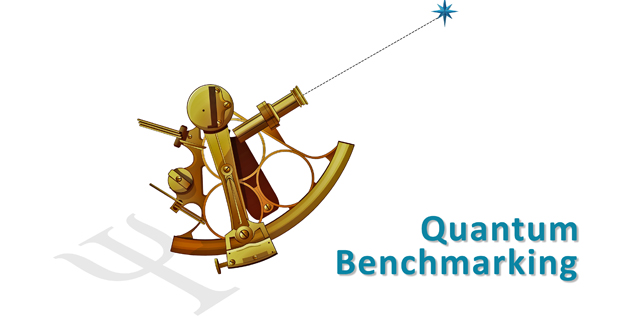
DARPA is developing ‘yardsticks’ for measuring value of future quantum computers & information systems
Quantum computers may one day revolutionize information processing across a host of military and civilian applications from pharmaceuticals discovery, to advanced batteries, to machine learning, to cryptography, according to the Defense Advanced Research Agency.
A key missing element in the race toward quantum systems is developing meaningful metrics to quantify how useful or transformative large quantum computers will actually be once they exist, according to a DARPA announcement.
To provide standards against which to measure quantum computing progress and drive current research toward specific goals, DARPA announced its Quantum Benchmarking program. Its aim is to re-invent key quantum computing metrics, make those metrics testable, and estimate the required quantum and classical resources needed to reach critical performance thresholds.
“It’s really about developing quantum computing yardsticks that can accurately measure what’s important to focus on in the race toward large, fault-tolerant quantum computers,” said Joe Altepeter, program manager in DARPA’s Defense Sciences Office. “Building a useful quantum computer is really hard, and it’s important to make sure we’re using the right metrics to guide our progress towards that goal. If building a useful quantum computer is like building the first rocket to the moon, we want to make sure we’re not quantifying progress toward that goal by measuring how high our planes can fly.”
Quantum Benchmarking is focused on the fundamental question: How will we know whether building a really big fault-tolerant quantum computer will revolutionize an industry? said Joe Altepeter, program manager in DARPA’s Defense Sciences Office.
“Companies and government researchers are poised to make large quantum computing investments in the coming decades, but we don’t want to sprint ahead to build something and then try to figure out afterward if it will be useful for anything,” he said.
Coming up with effective metrics for large quantum computers is no simple task. Current quantum computing research is heavily siloed in companies and institutions, which often keep their work confidential. Without commonly agreed on standards to quantify the utility of a quantum “breakthrough,” it’s hard to know the value quantum research dollars are achieving, according to the announcement.
The Quantum Benchmarking Broad Agency Announcement is available here: https://go.usa.gov/xHcke. A Proposers Day webinar for interested potential proposers is expected to be held in the coming weeks and will be announced on beta.SAM.gov.